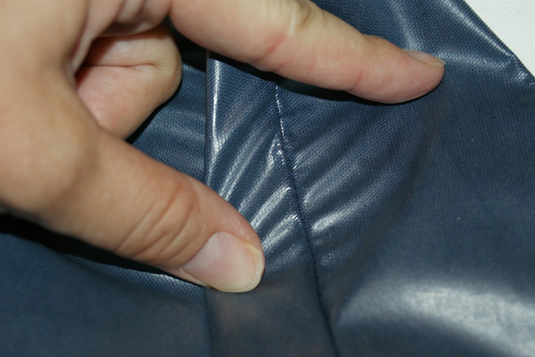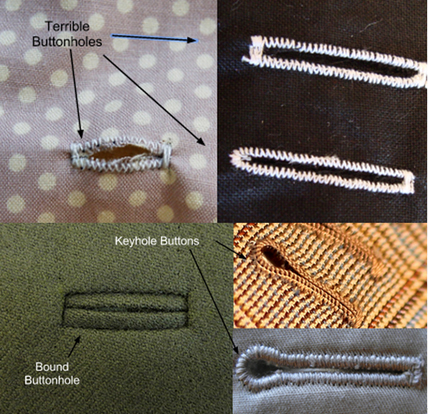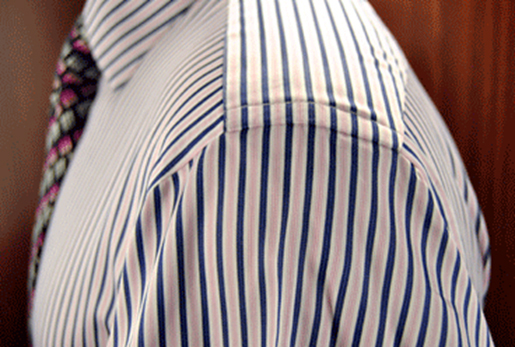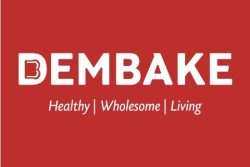By Brooke Glasford
Mass production and fast fashion have created for buyers a slavish addiction to cheap clothing. Driven by price we easily overlook details like colour, fabric, and quality of construction because what’s in front of us is so cheap. I’ve been guilty of this also. My last job in Toronto was opposite one of the city’s largest H&M’s. Perusing the racks was one of my favourite de-stressers; I almost always left with something that was marked down from an already low price. In December 2015, I watched a documentary on Netflix about the garment industry called The True Cost—and by the end of it I vetoed all my H&M purchases. This was when I really began taking sewing seriously, and indirectly how I started my company.

I had a very interesting conversation with my Editor, which led me to this topic. He observed, when walking on Regent Street, three or four women wearing the same dress. He went on to expand on the buying behaviour when there are concerts and shows here, and the need for something new to be worn to the event—and that in most cases by the end of the night the item is falling apart.
Can a dressmaker or tailor survive in a market like this? When you can buy a ready-made garment, in some cases, for the cost of fabric alone. How does a designer venture into a market that doesn’t necessarily understand his/her offering? Should designers compete with a $2,500 dress? Or bow out gracefully?
If we were to compete with the Chinese stores here we seem unsustainable, and we are. But what is less plausible is buying a garment that is coming undone at its seams, made using fabric from mills that aren’t bothered by dye regulations, to be worn twice and then added to Guyana’s growing garbage issue. There are so many steps involved in making a garment – design, sampling, sourcing fabrics and notions, production, packaging and distribution. By buying something that’s made locally you empower a lot of people and add to huge economic value chain.
So how do we value one? I love asking people what they look for when buying clothes; 98% of the time I know what the first answer will be. Quality. My follow-up question is always, How do you define quality? The responses usually lack depth, because when you don’t know much about the topic, you don’t know what to look for.
Some things I look at that are extremely easy to understand:
Seam test: Pull at the point where two parts of the garment are joined, for example, in the case of pants—the crotch which takes the most stress and wear and tear.
Button holes: Try to button up the shirt or pants—is the button hole cut through properly and finished? Or is there still frayed fabric around it, and difficult for the button to pass through?
What I think is one of the easiest ways to tell quality, is to look at the pattern of the fabric, does it line up at the seams? Ensuring they are lined up is an extremely time-consuming process during cutting and production and many fast fashion producers just avoid it.
Want to continue this conversation? Have a topic in mind you’d like my two cents on? Head over to brookeglasford.com – let’s talk.







